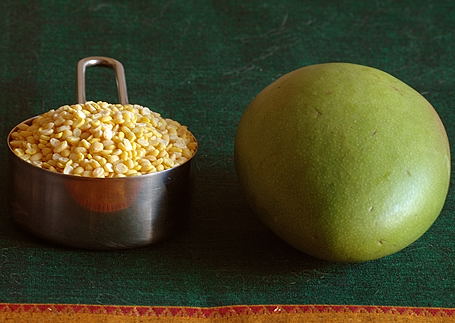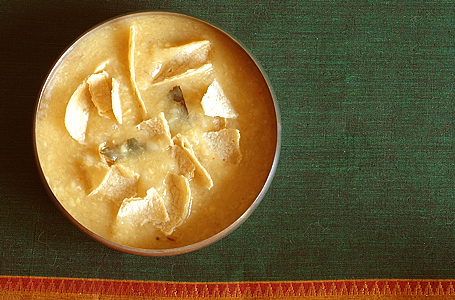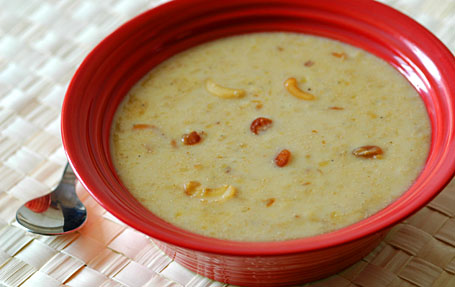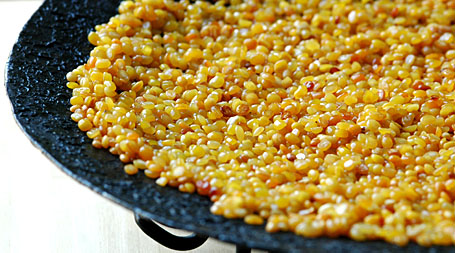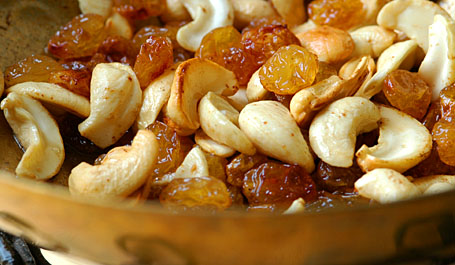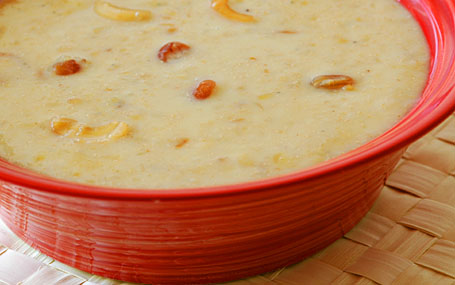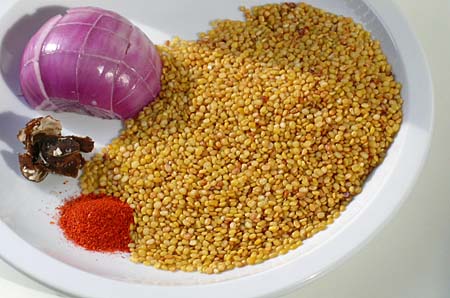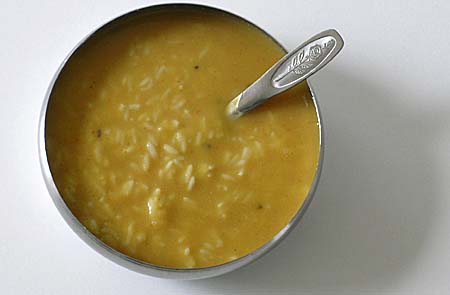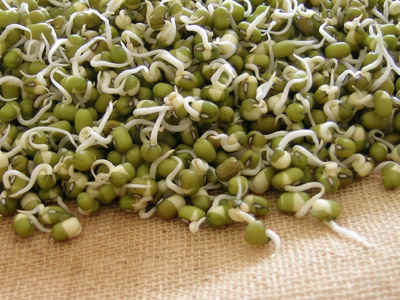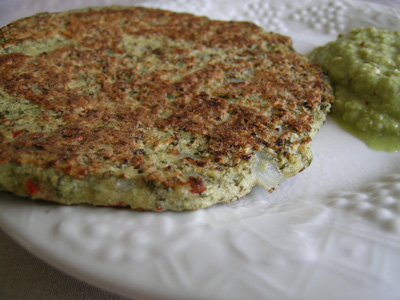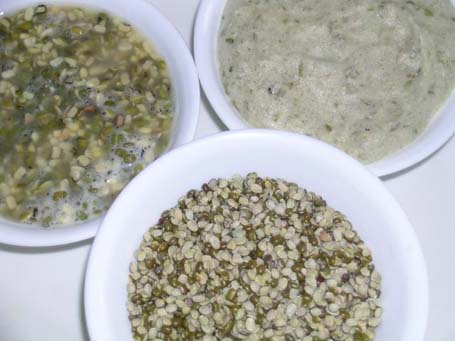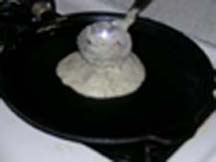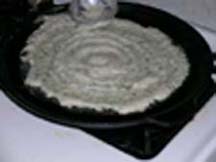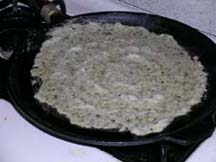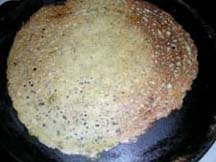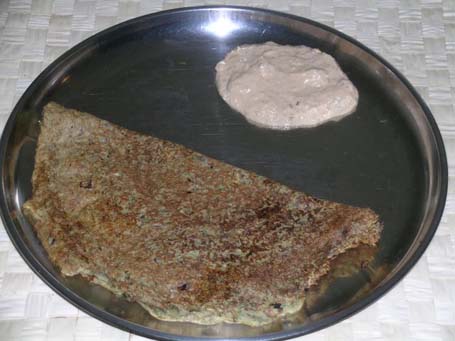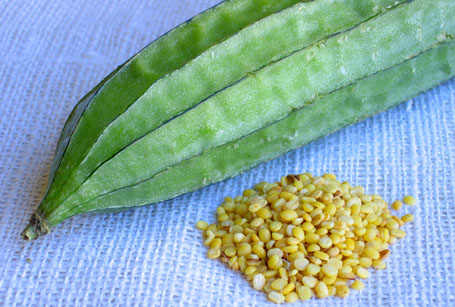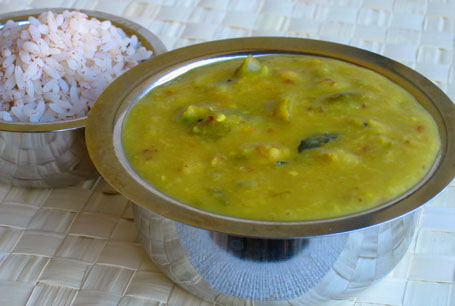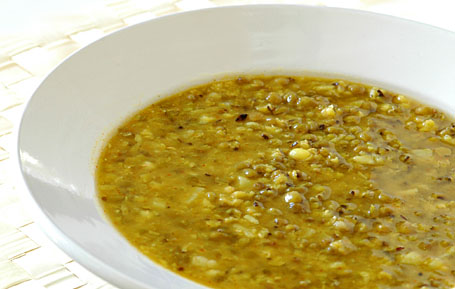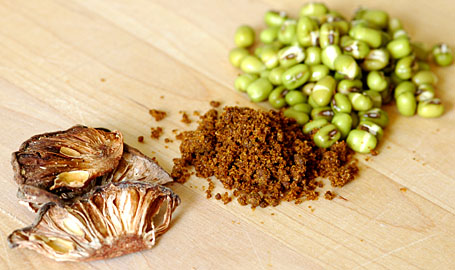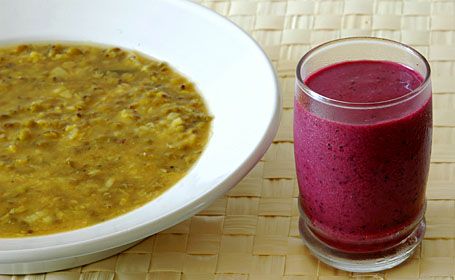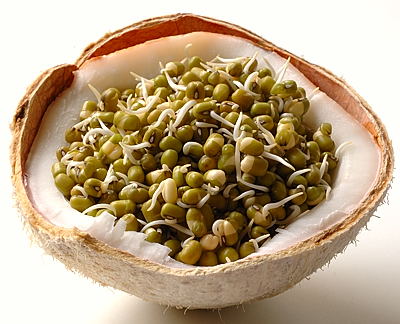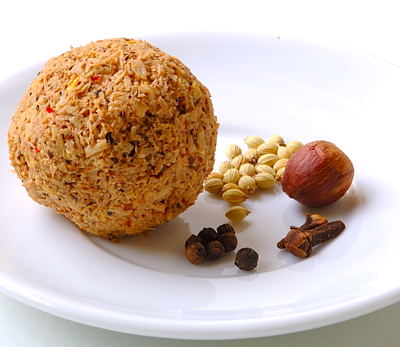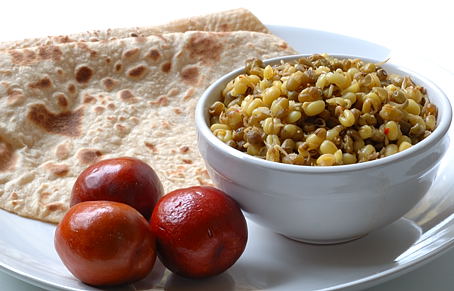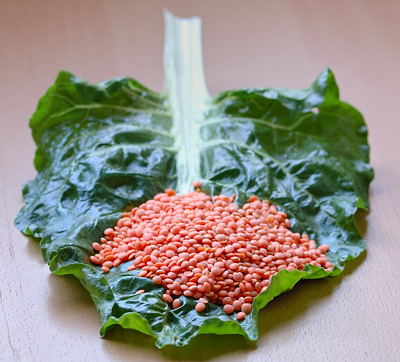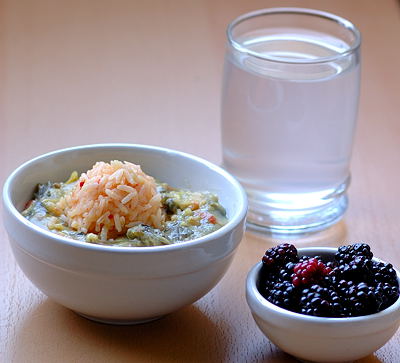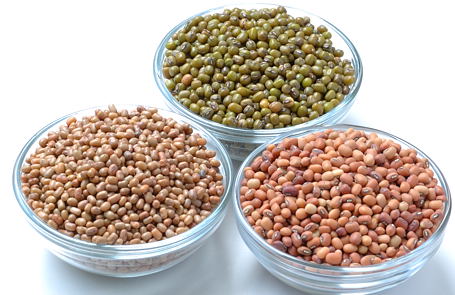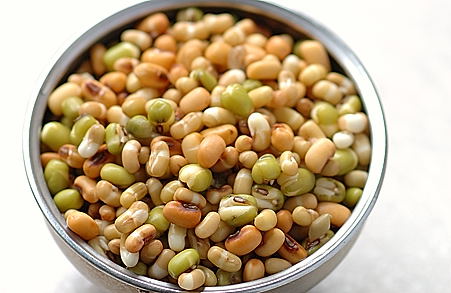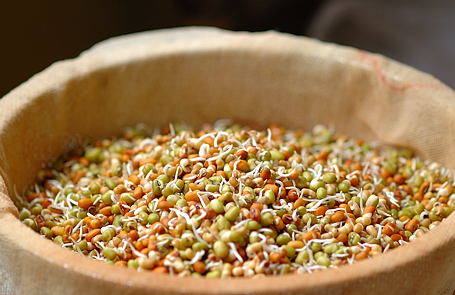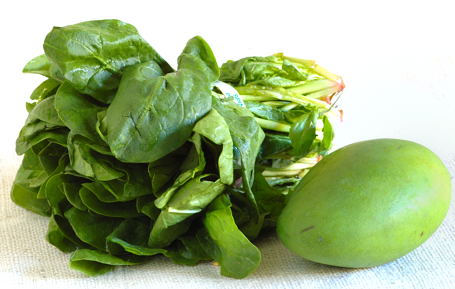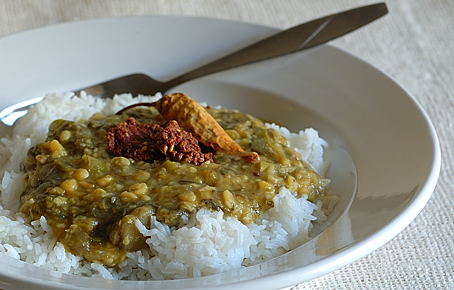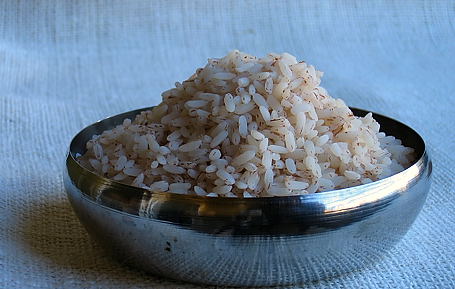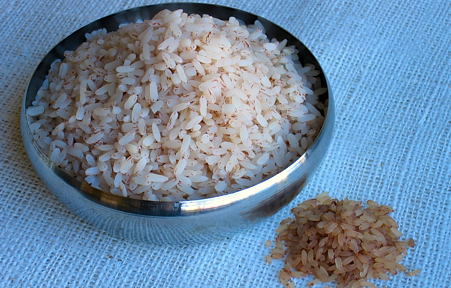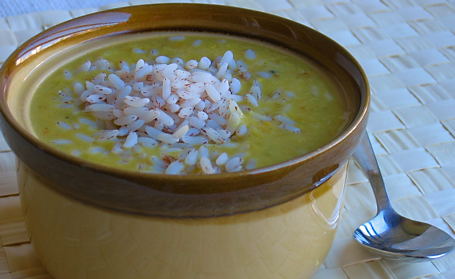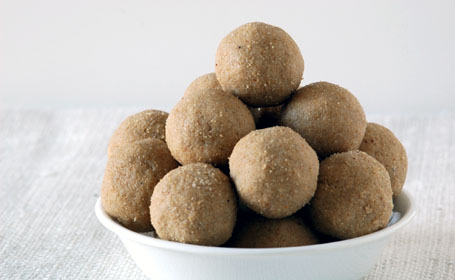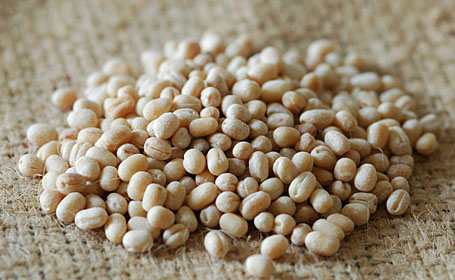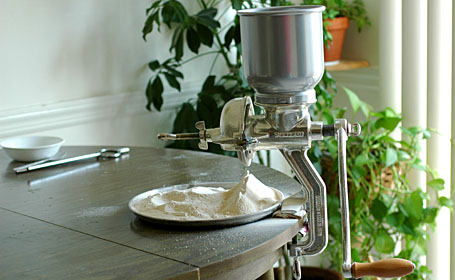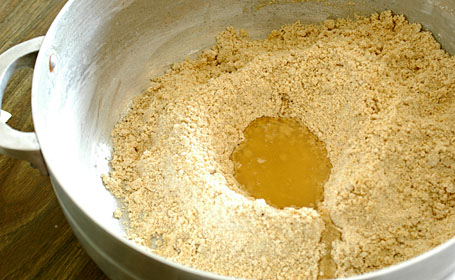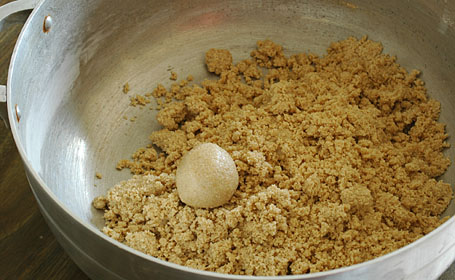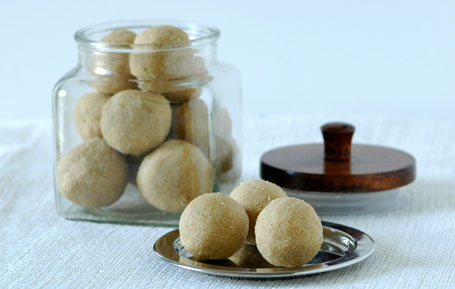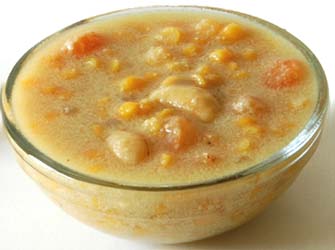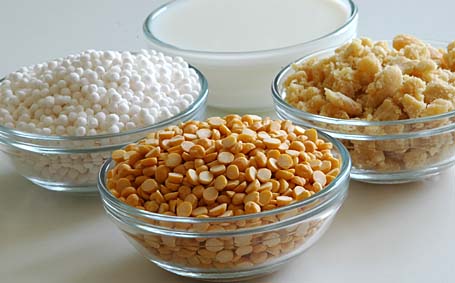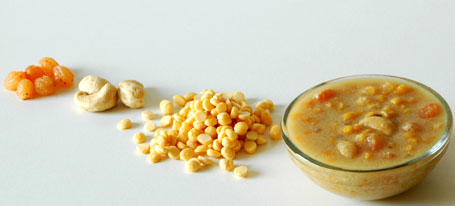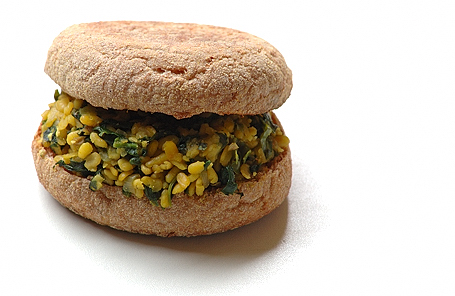
My very young and impressionable cousins in India, who read my food blog, are curious to know why I don’t cook with “cool†stuff like cheese. I like cheese, don’t get me wrong, but I rarely bring it home. Cheese is costly, caloric and full of saturated fat. It is a well known fact that foods like cheese with little or no fiber are number one cause for constipation and flatulence, and that kind of diet is also responsible for several ailments from heart attack to IBS to colon cancer. Cheese may look white and pure, but the color cover ups the harmful hormonal menace. The hormonal effects from estrogen, progesterone, bovine growth hormone, this is what cheese conceals, in addition to artery clogging saturated fat. It really takes time to understand how evil the cattle industry, the source of cheese, has become. Thanks to the ad blitz sorcery and the sold-out food writers’ cover-up of agro-globalization gallop, my cousins seem to know only the glitzy side of cheese-centric food. I try to explain to them all these things in a light-hearted manner. In a rush to englut the regurgitations, I am worried that they could become victims of early aortic regurgitation.
One way to prevent that from happening is packaging the traditional, nutritious food in a new way. This steam-sautéed spinach moong dal, a recipe I have learned from a Gujarathi friend, is usually served with rice or chapati. But I stuffed it between two toasted crumpets, squeezed some lime juice, and for saturated fat touch, grated some fresh coconut.
Carbohydrates from wheat, protein from moong dal, organic, hormone-free fat from coconut, green leafy goodness from spinach and natural digestion aid from spices.
This dal-wich actually tasted better than any one-dollar, mystery-cheese burgers out there. And, I am hoping that my cousins would take this homemade, all natural, cheese-free sandwich to the heart and consider it as “coolâ€Â.
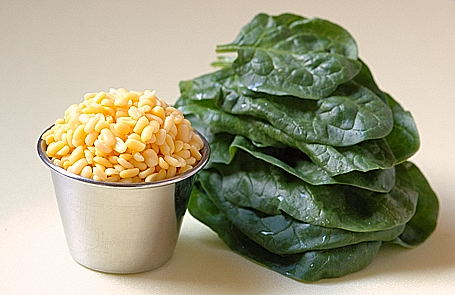
Yellow Moong Dal, Rehydrated and Fresh Spinach Leaves
Recipe:
Yellow moong Dal – Half cup (soaked in water for one hour, and drained)
Fresh Spinach – One bunch, finely chopped
Onion – one, finely chopped
Green chillies (Indian or Thai variety) – two, finely chopped
Turmeric – ¼ teaspoon
Salt – ¼ teaspoon
Cumin and mustard seeds – ¼ teaspoon each
Peanut oil – 1 teaspoon
Nutmeg and fresh coconut gratings – 1 teaspoon (optional)
Lime juice – one tablespoon, or to taste
Place a wide skillet on stove-top. Add and heat oil.
Add and toast cumin and mustard seeds.
When seeds start to pop, add the onions and chillies. Saute to brown.
Add the yellow moong dal. Sprinkle two tablespoons of water. Mix.
Cover with a lid and cook the dal to tender soft on medium-low heat.
Dal should be intact, but soft to bite. (Takes about 10-15 minutes.)
At that stage, add the turmeric, salt, nutmeg and coconut. Mix.
Add the spinach. Saute on high heat until the leaves collapse.
Sprinkle the lime juice. Serve hot with rice or chapati.
For our meal today, I toasted two english muffins (crumpets) to brown, and stuffed them with steam-sautéed spinach-moong dal. With a glass of chilled ruby orange juice on the side, it was a good meal.
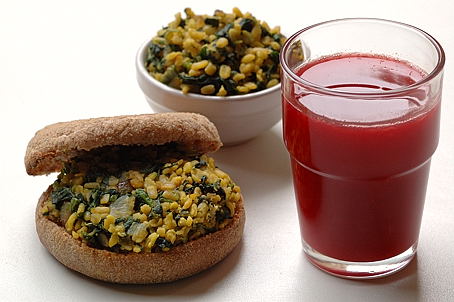
Spinach-Moong Dal Sandwich with a glass of Ruby Orange Juice
~ A Vindu for RCI: Gujarat at Mythili’s
~ Indira
